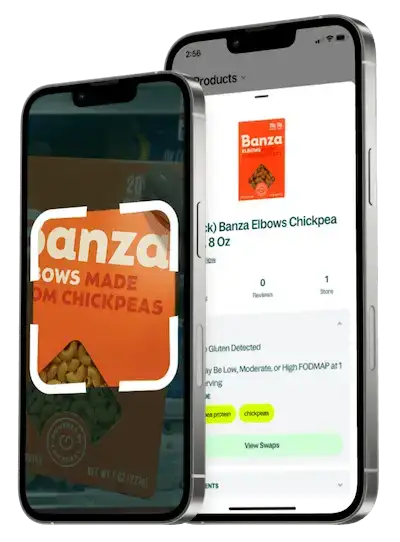Is Jongga Kimchi Low FODMAP?

Description
Tangy, moderately spicy and savory, with pronounced fermented brightness, it offers crisp, crunchy leaves and soft, juicy texture. Commonly used as a chilled side dish, condiment for rice or noodles, stir‑fry addition, or ingredient in stews and pancakes. Reviews note consistent flavor and packaging; some cite stronger heat or salt.

Description
Tangy, moderately spicy and savory, with pronounced fermented brightness, it offers crisp, crunchy leaves and soft, juicy texture. Commonly used as a chilled side dish, condiment for rice or noodles, stir‑fry addition, or ingredient in stews and pancakes. Reviews note consistent flavor and packaging; some cite stronger heat or salt.
Ingredients
Potassium, Napa cabbage, radish, rice paste (water, rice powder), kelp base sauce (kelp extract, sorbitol), red pepper powder, garlic, fermented anchovy sauce (anchovy, salt), salt, Korean leek, onion, chives, fermented shrimp sauce (shrimp, salt), lactic acid bacteria, ginger. Contains fish (anchovy), shrimp.
What is a Low FODMAP diet?
A Low FODMAP diet limits foods high in certain short-chain carbohydrates (FODMAPs) that can be poorly absorbed in the gut. These include specific sugars found in foods like onions, garlic, beans, apples, and wheat. It's commonly followed by people with irritable bowel syndrome (IBS) or other digestive sensitivities to reduce bloating, gas, and discomfort. The diet typically involves an elimination phase, followed by gradual reintroduction to identify personal triggers. When followed carefully, often with a dietitian's guidance, a Low FODMAP diet can help manage symptoms while maintaining a balanced and varied intake of nutrients.
Similar Products
SPICY KIMCHI RICE RAMEN NOODLE SOUP FREEZE-DRIED CHUNKY VEGGIES, SPICY KIMCHI RICE RAMEN
CLASSIC KIMCHI WITH GARLIC, GREENS, & RED PEPPER, GARLIC, GREENS, & RED PEPPER
Nasoya Kimchi Korean Spicy Gluten Free - 14 Oz
Mother In Law's Kimchi, Paste Gochujang, 10 Ounce
Nongshim Kimchi Spicy Red Chili Ramyun Ramen Noodle Soup Pack, 4.2oz X 4 Count, Shelf-Stable


